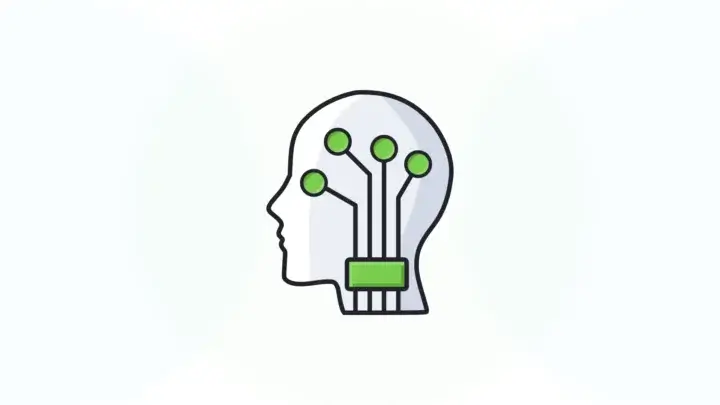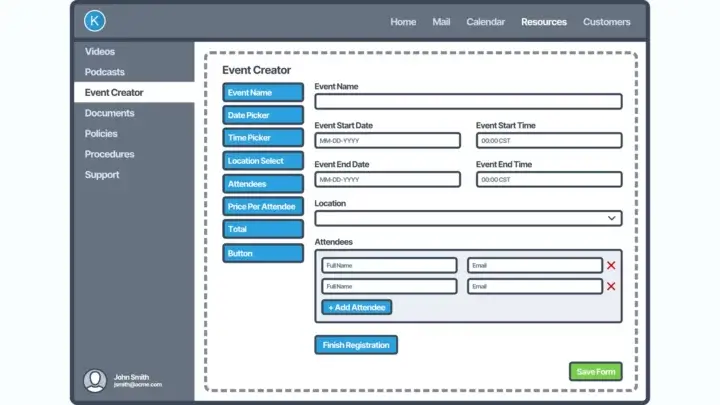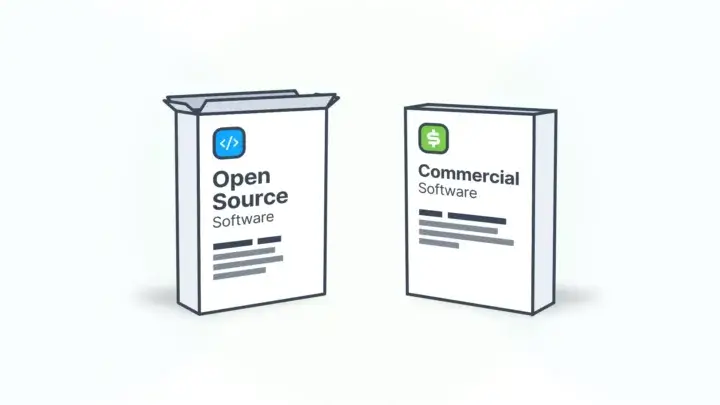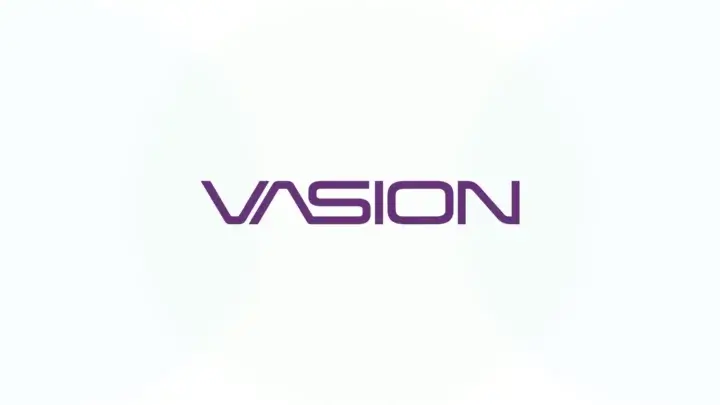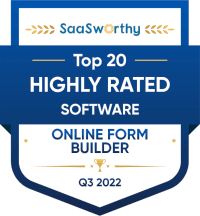On a whim.
Through an unexpected set of circumstances, he started building an app, more of a proof-of-concept (POC).
Hold up a sec, I need to explain something.
He never considered himself a “developer.”
I mean, how much code/languages/technologies do you have to know to call yourself one?
Regardless, he always saw himself somewhere in between a power-user and a dev.
He knew HTML, CSS, and a little JavaScript. A front-end-ish guy—maybe some would call him a “dev.”
He could design an app, but he couldn’t architect one or build one out. Databases are like Kryptonite to front-end folks. IYKYK.
Well, that all kind of changed last week.
You see, he’d been drinking the Form.io elixir for a while now and it finally hit him.
“I don’t have to be a database person to build an app.”
Maybe it used to be that way, but not anymore. Not with today’s tools.
He had this old project collecting dust on the bottom shelf in the back room of his hard drive, so he decided to clear off the dust like blowing out a well-loved Nintendo cartridge from the 80s and see if he could make it work.
The first thing he did was open up Form.io and create a resource.
Then he dragged a few components onto a form-resource, stared at it, and just sat there thinking:
“What would be the best way to…”
He was modeling data—visually.
He had never “modeled data” before, but it seemed so much more approachable and achievable because it could be done visually.
He had never set up an API endpoint before either, but Form.io wrote it for him.
So he wrote some JavaScript that connected to that API, then some to make the data display in his app.
We’re not talking about embedding forms—no. We’re talking actually pulling data from the Form.io database so that it displays natively in the app.
Like, real dev stuff.
And when he got stuck, a little help from ChatGPT was there to fill in the gaps.
Afterwards, he went gangbusters got data sending, updating, etc.
Do you remember when you were a kid and you learned how to ride a bike? And the first time you got going on your own—and kept going? That’s how he felt.
For any dev who remembers the first time they got something working, you know the feeling.
So why am I telling you this story?
Because none of this is really about FORMS in the traditional sense. He wasn’t building a form-based app (which are all good and necessary). But we often get pigeon-holed into being perceived as a tool ONLY to help you with your forms in some way.
No, this was a productivity app for organizing research and building workflows. And Form.io bridged the gap to a new kind of tool-builder, one who never considered themselves a dev.
This is the democratization of technology happening before our eyes. More people are going to build tools, there will be more innovation, and Form.io is going to be in the middle of it.





